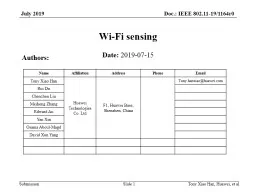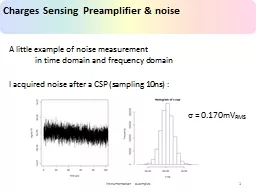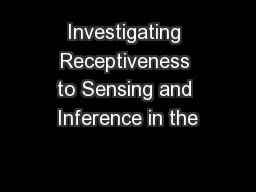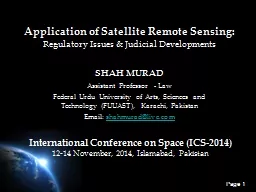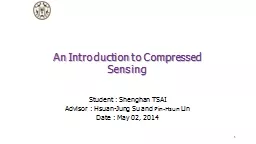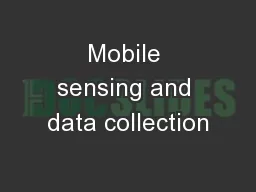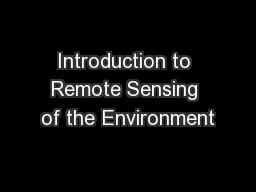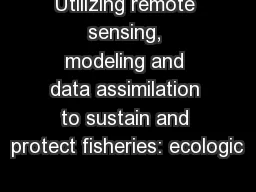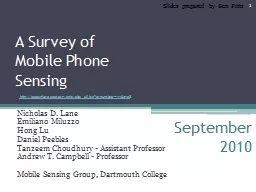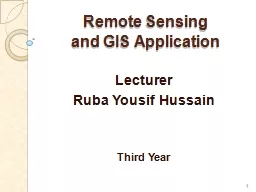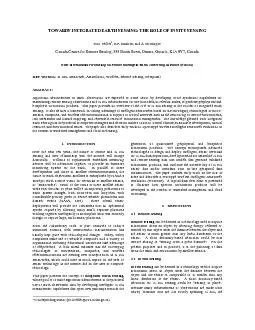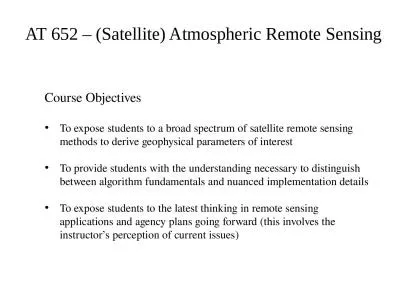PPT-Wi-Fi sensing Date: 2019-07-15
Author : popsmolecules | Published Date : 2020-10-22
Slide 1 Authors Tony Xiao Han Huawei et al Name Affiliation Address Phone Email Tony Xiao Han Huawei Technologies Co Ltd F1 Huawei Base Shenzhen China Tonyhanxiaohuaweicom
Presentation Embed Code
Download Presentation
Download Presentation The PPT/PDF document "Wi-Fi sensing Date: 2019-07-15" is the property of its rightful owner. Permission is granted to download and print the materials on this website for personal, non-commercial use only, and to display it on your personal computer provided you do not modify the materials and that you retain all copyright notices contained in the materials. By downloading content from our website, you accept the terms of this agreement.
Wi-Fi sensing Date: 2019-07-15: Transcript
Download Rules Of Document
"Wi-Fi sensing Date: 2019-07-15"The content belongs to its owner. You may download and print it for personal use, without modification, and keep all copyright notices. By downloading, you agree to these terms.
Related Documents

